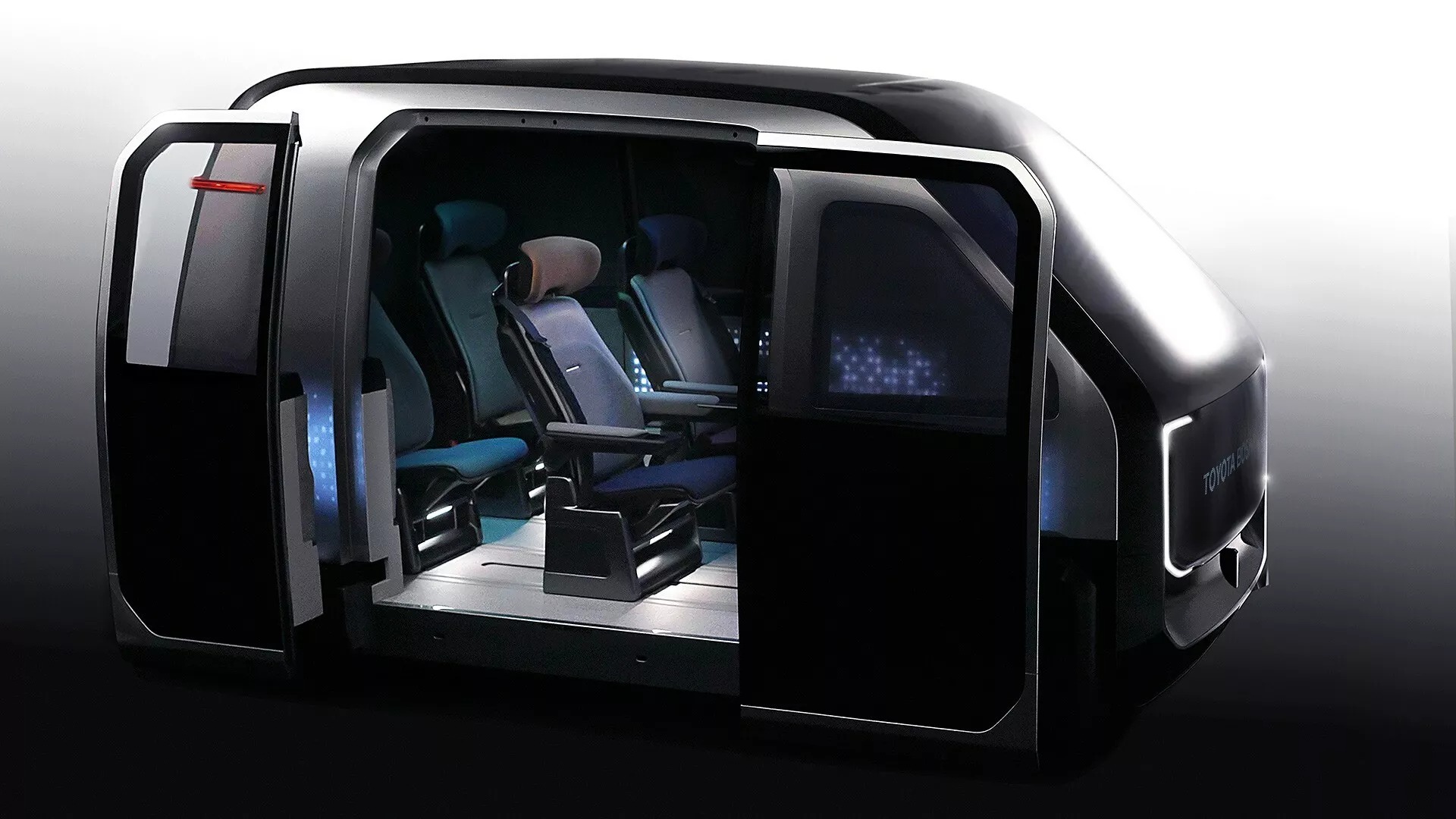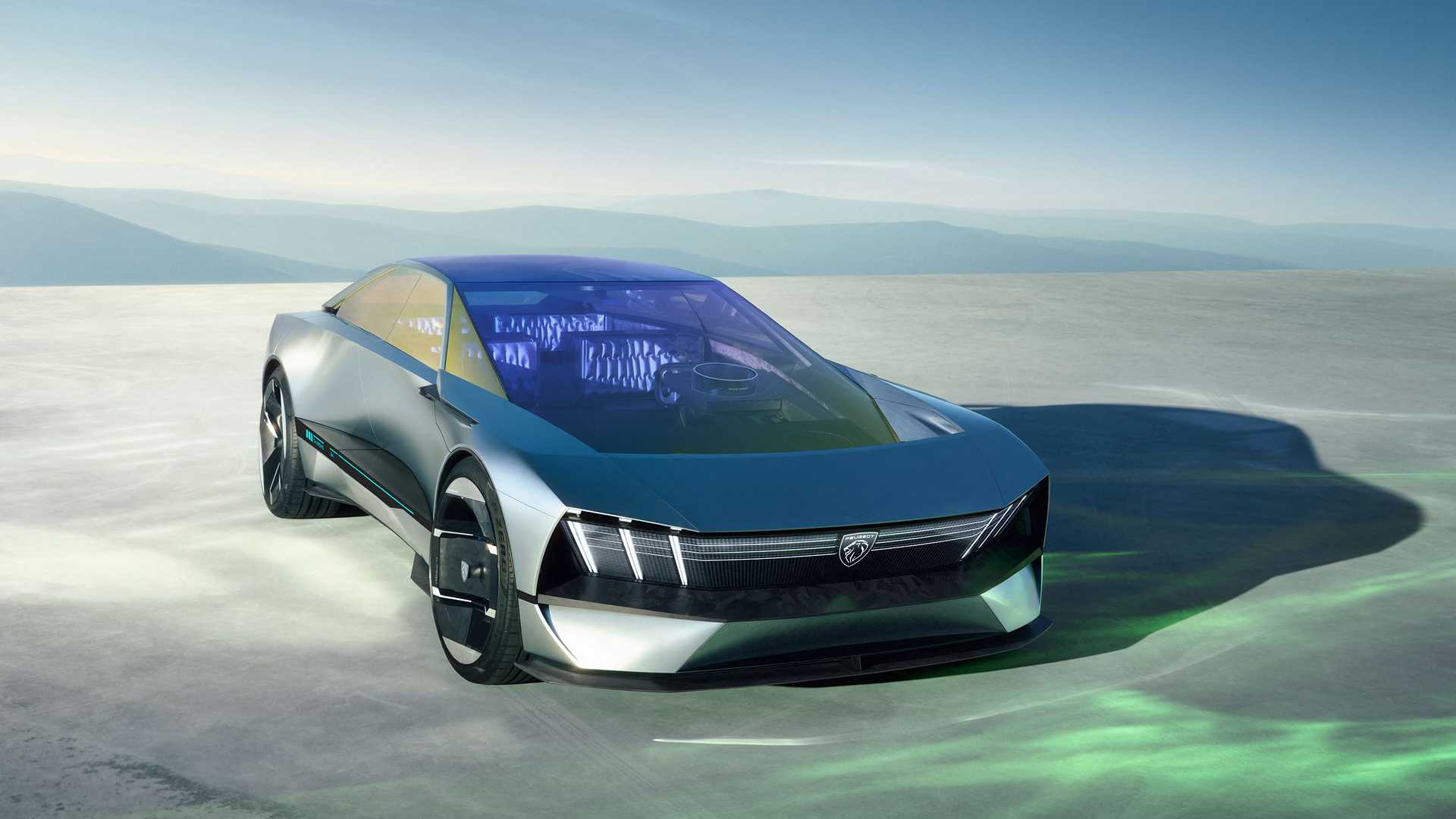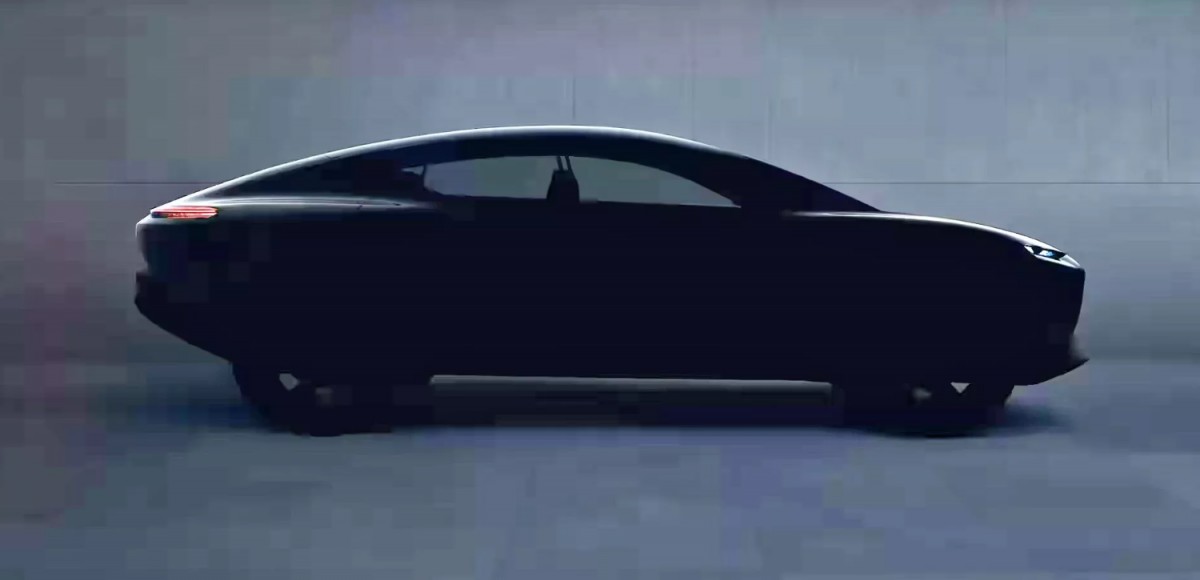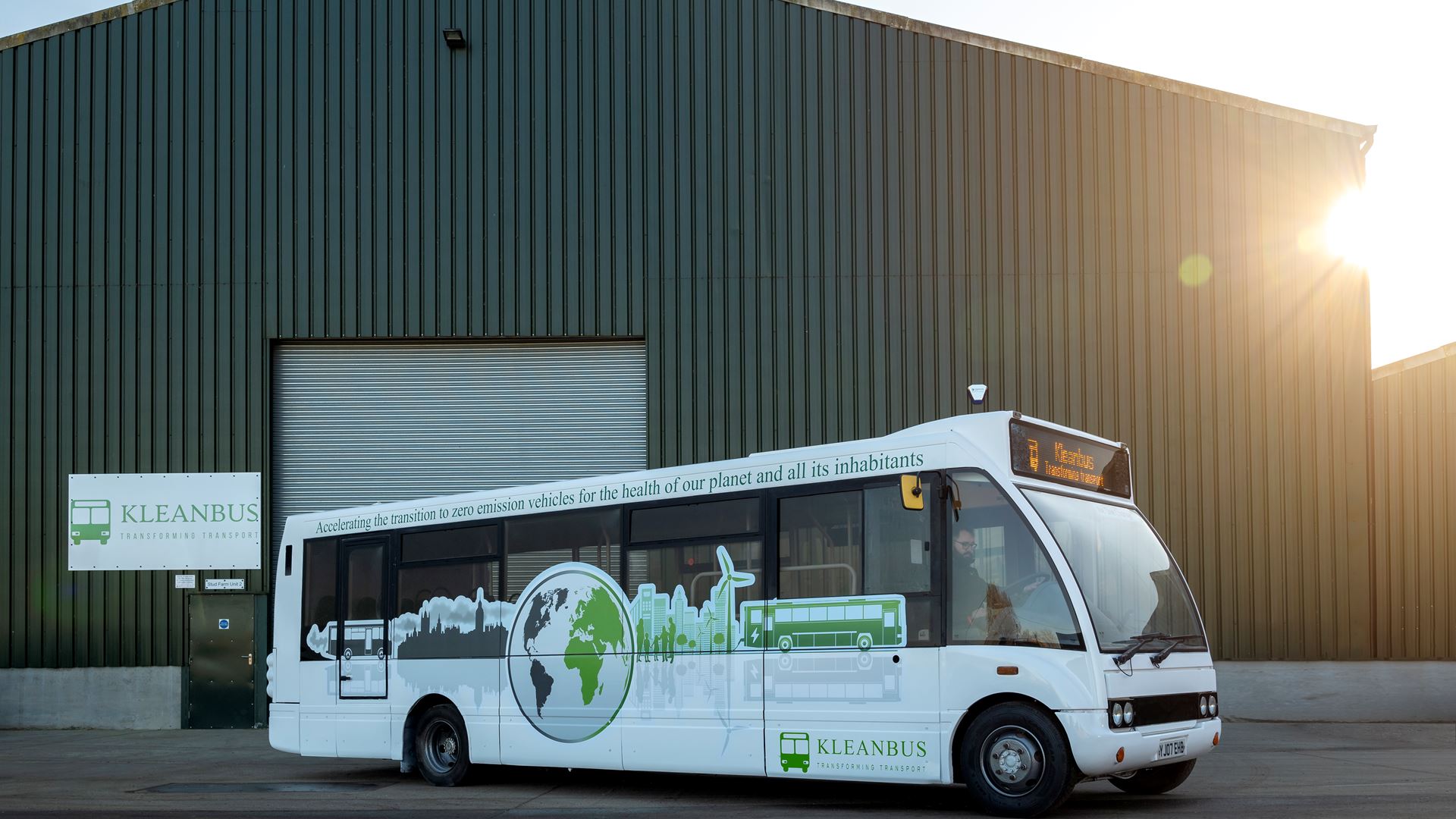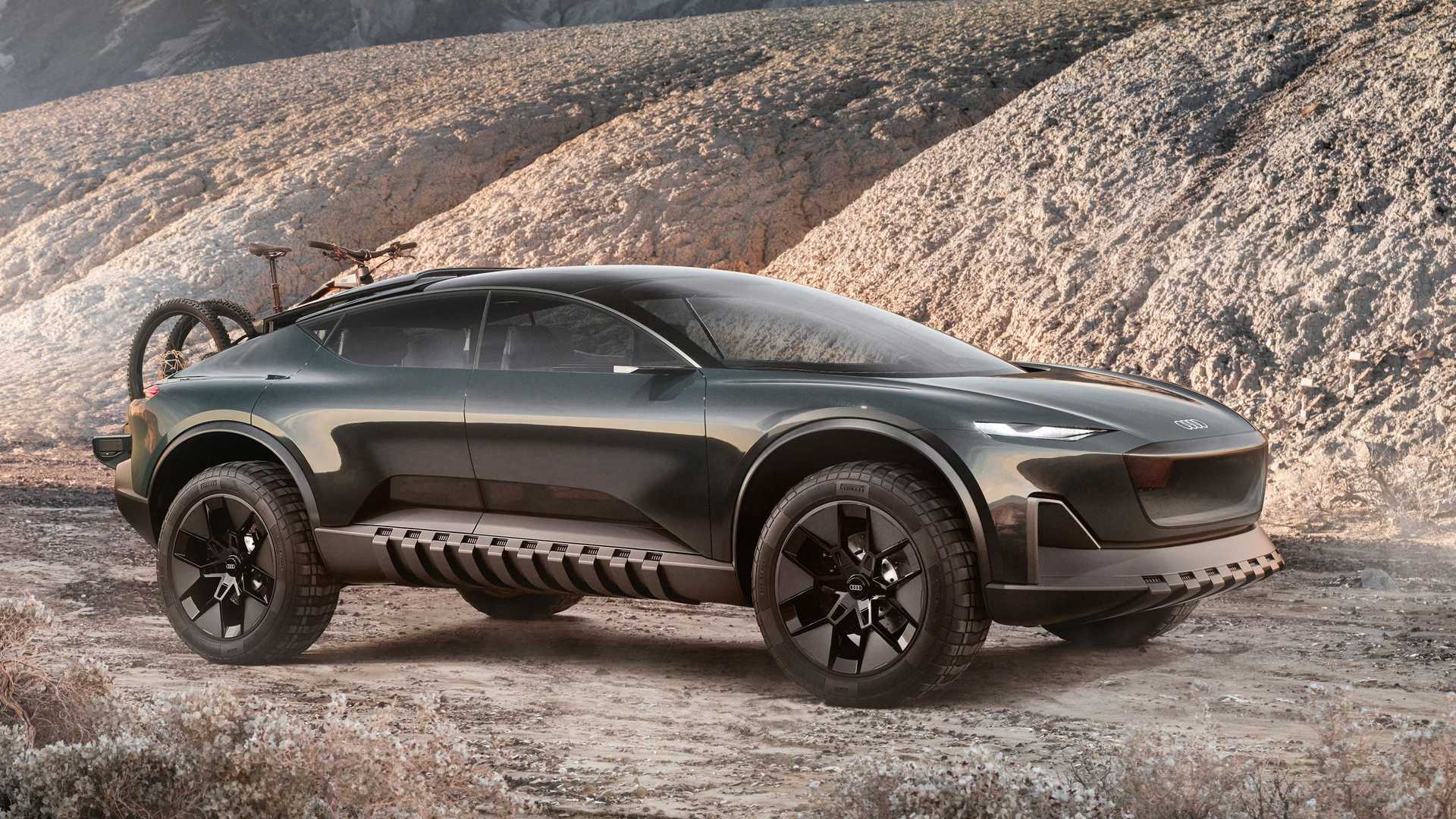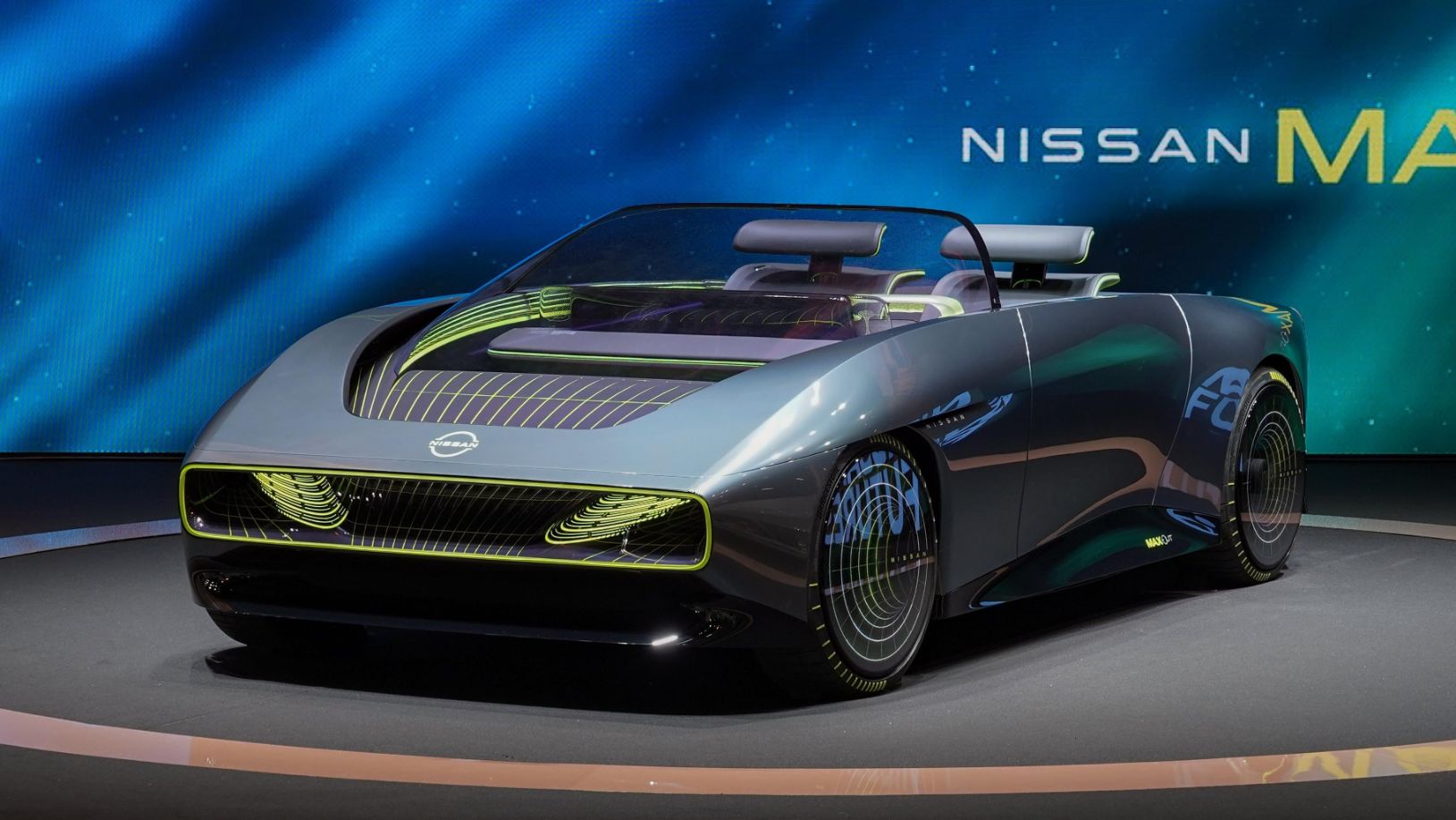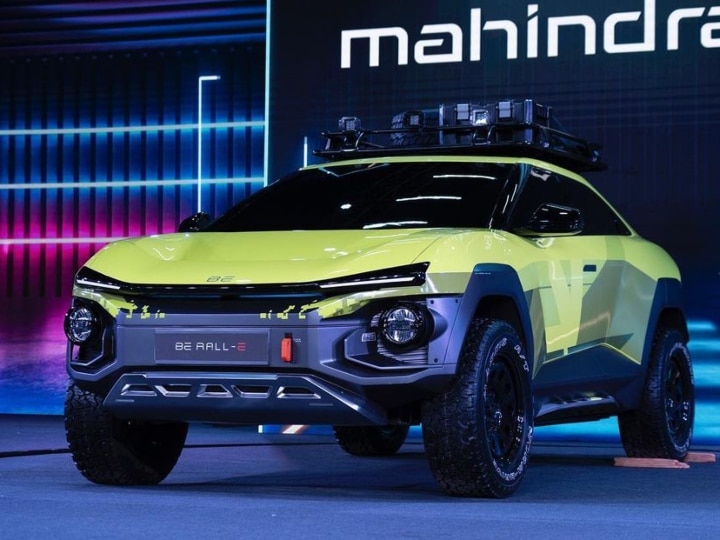Toyota Boshoku, is part of the Toyota Group. They will showcase two Mobility as a Service (MaaS) concepts at the 2023 Consumer Electronics Show (CES).
The first concept was known as the MX221, and was envisioned as a ride-hailing vehicle with a Level 4 autonomous driving system. The concept, embraced the idea of diversity, and featured a reconfigurable interior.
The first configuration, known as the MX Pass, has the traditional four-seat, two-row. In addition, there are also two rows of seats, but facing each other. While the MX Access, featuring models equipped with wheelchairs.
MX Prime focuses on luxury as the cabin can be equipped with up to two high-tech seats, featuring power reclines, footrests and a table that can be installed with a digital keyboard. The four configurations also appear to have front seats that can be folded when not in use.
Since the concept is designed for ride-hailing, the seat upholstery can be easily replaced, as well as the carpet. The concept offers UV-C purifier, in-cab monitoring system and entertainment system. Another highlight is the door panels, which light up and a small infotainment system. Displays information about vehicles and passengers.
The exterior features closed wheels and electric sliding doors, as well as digital displays for the side windows and rear LED panels. Its function is to communicate with other road users by displaying messages such as “Beware of Stopping Vehicles.
The Moox concept is envisioned as a Level 5 autonomous vehicle. This concept is expected to meet a wide range of needs, from business and dining to entertainment.
The Wellness Edition uses sensors in the seats and armrests, to determine passengers’ fatigue and stress levels.
If it is detected that you are experiencing stress, Moox can try to calm down by displaying a video of the forest on its screen. When this happens, the lights and audio system change to mimic the feel of the forest, complete with a “reassuring aroma”.
If that gets too boring, residents can play games using their hands and arms as controllers, thanks to gesture recognition technology.

